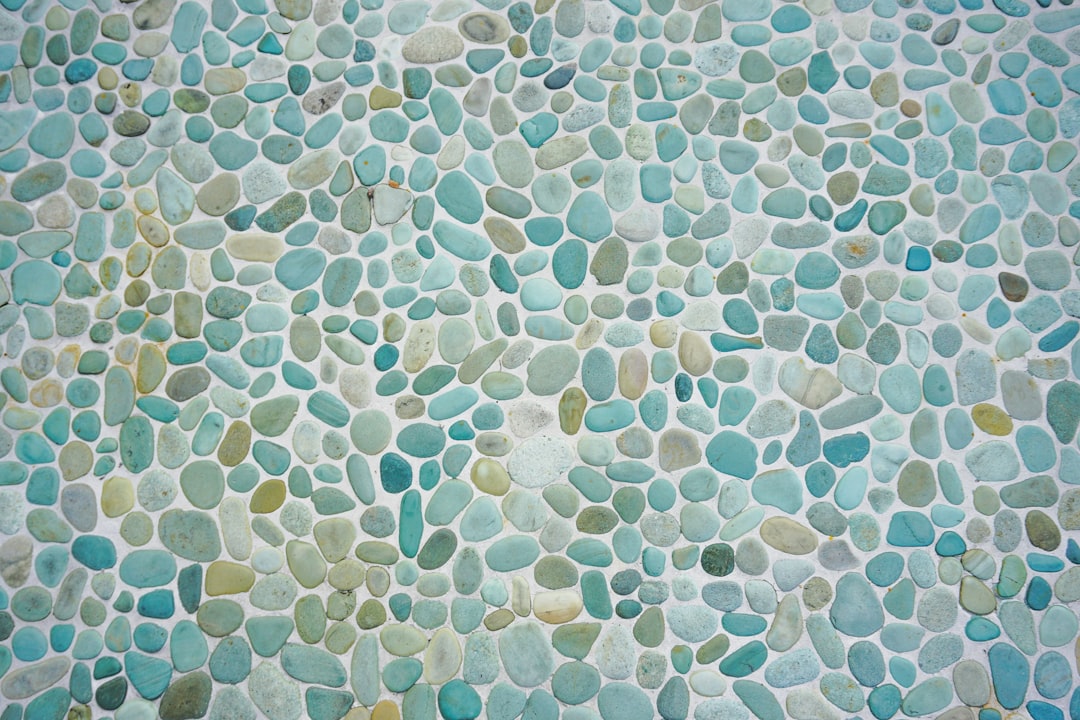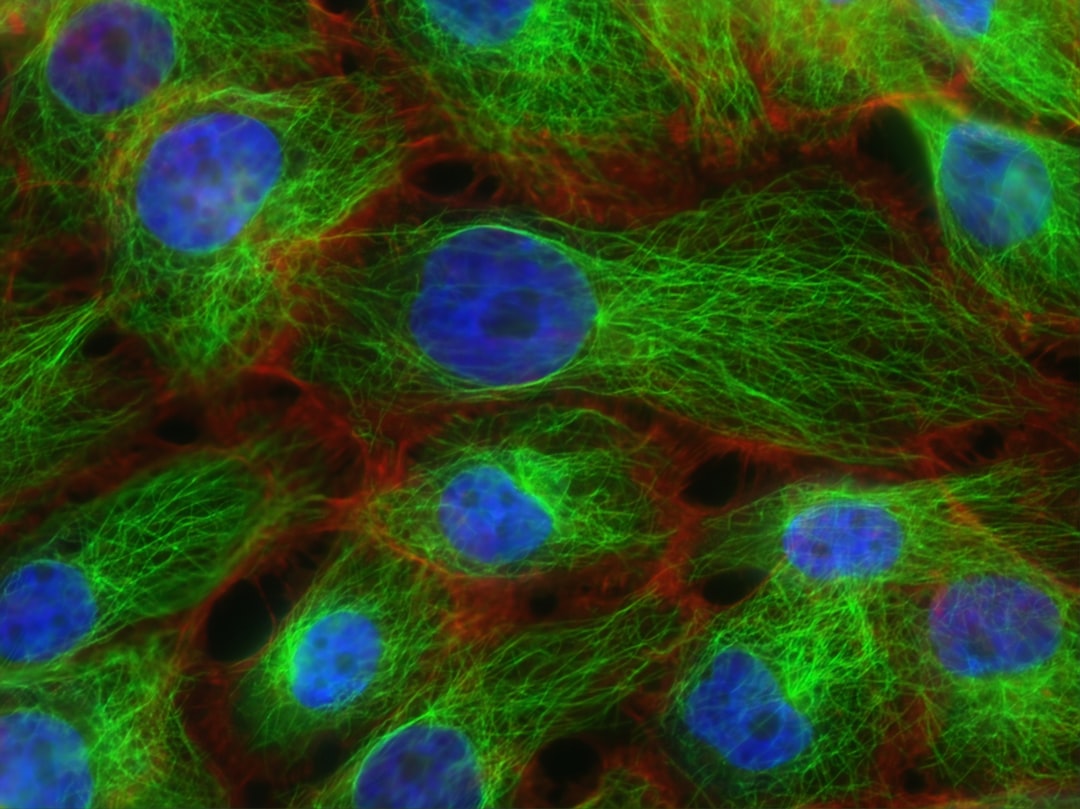What is it about?
Cancer therapy can be effective in destroying tumor cells, but it's toxic effects towards proliferating normal cells is what limits treatment. For example, brain tumors are especially hard to treat due to the difficulty of getting drugs to the brain. While local therapy strategies, which deliver drugs directly to the brain, hold a lot of promise, those novel treatments need to be tested in reliable in vitro models before clinical use. Co-culture spheroid models composed of both normal brain and tumor tissue can help to put the effects of prospective local therapies for brain tumors in perspective. Apart from modelling tumour-host interactions, the normal tissue serves as internal control comparing cytotoxic efficacy and patient safety.
Featured Image
Why is it important?
We show a high-throughput method of producing spheroid co-cultures, which is both convenient and reproducible. It uses a single-step seeding protocol, does not require spheroid transfers to/from another plate and can be used with heterogeneous primary tissue. The unique cell marking strategy utilizes two supravital cytoplasmic dyes to mark normal and tumor cells and track their interaction and viability in spheroid co-cultures. Importantly, there is no need for genetic manipulation and labeling, no requirement for clonal selection and the marking procedure does not affect cell health in sensitive primary tissues.
Perspectives
The paper describes a universal in vitro platform, used to culture normal and tumor tissue and determine the effects of treatment on both. Having an internal control of normal tissue in each well puts IC50 values in perspective- showing both the safety and efficacy of drugs. Importantly the marking strategy does not require genetic modification, does not select for clones and is compatible with sensitive primary tissue. While the manuscript aims to develop a model of medulloblastoma, the methodology can potentially be employed in other tumors as well.
Dr Delyan Pavlov Ivanov
University of Nottingham
Read the Original
This page is a summary of: In vitro co-culture model of medulloblastoma and human neural stem cells for drug delivery assessment, Journal of Biotechnology, July 2015, Elsevier,
DOI: 10.1016/j.jbiotec.2015.01.002.
You can read the full text:
Resources
Contributors
The following have contributed to this page










